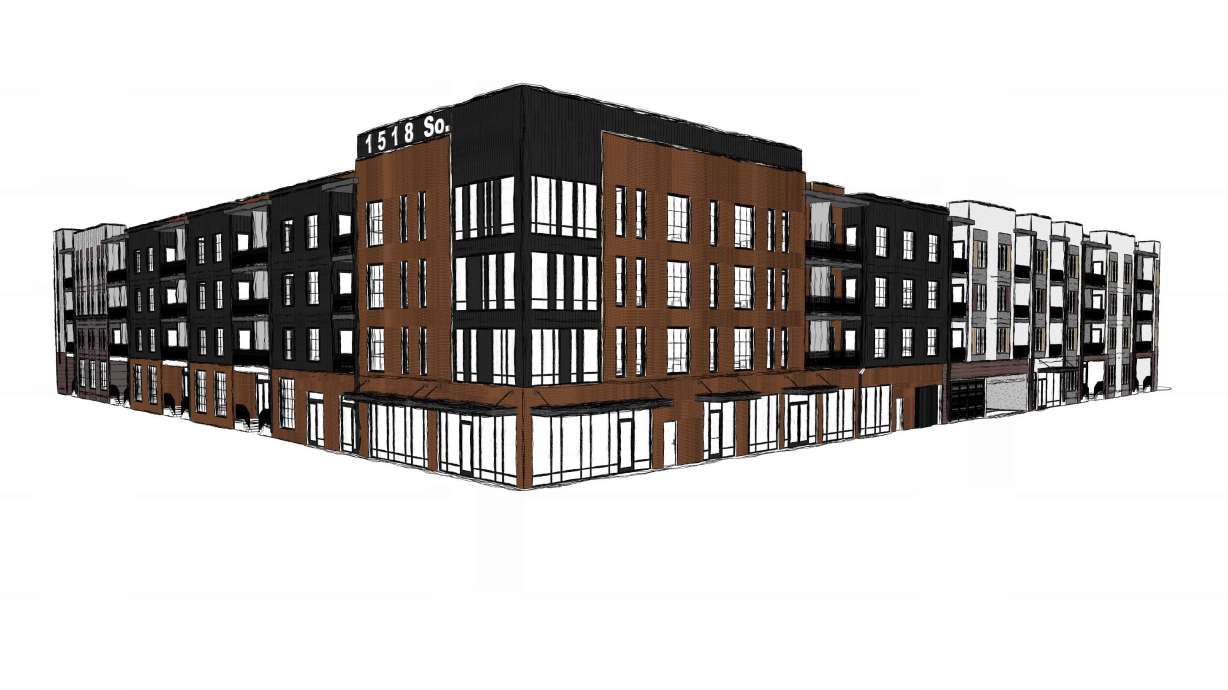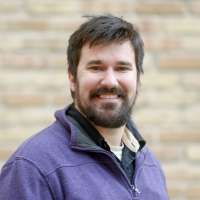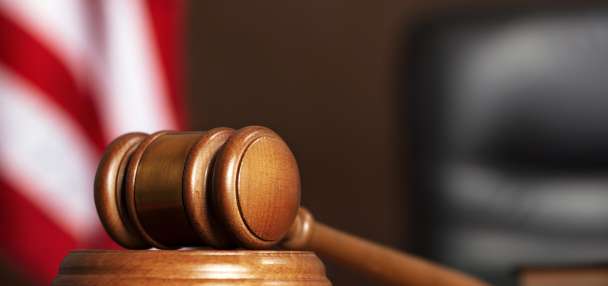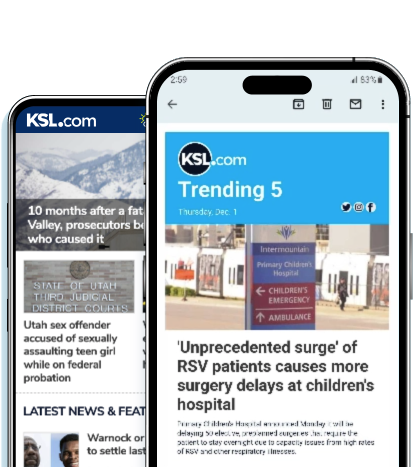Estimated read time: 4-5 minutes
- Salt Lake City approved a 241-unit mixed-use development at a former snack factory site.
- City planning commissioners approved the proposal 3-2, despite building design concerns.
- The project faced scrutiny over building length but its developer says it aligns with Ballpark Station Area Plan.
SALT LAKE CITY — A plan to build a mixed-use development with 241 apartment units at the site of a Mexican snack factory that burned down last month has been given the green light to move forward.
However, its approval didn't come easily, as Salt Lake City planning commissioners debated concerns about the length of the proposed building and the steps the developer was taking to address it.
The Salt Lake City Planning Commission voted 3-2 on Wednesday to approve a planned development by 1518 S. Main, which was recently home to La Rana Snacks. The vote allows the Salt Lake development firm Urban Alfandre to continue its plans, which are a few years in the making.
Their plan calls for a development with 65 studio, 151 one-bedroom, and 25 two-bedroom units, along with ground-floor retail space and amenities like a gym, bike maintenance facility, pool and clubhouse. The proposed project also includes other parcels in the area, such as the Main Street Motel, a few single-family homes and an alley that would be vacated in the Ballpark neighborhood.
"We're really excited for the product we're putting forth," said James Alfandre, founding principal of the company. "We have done a lot in the Ballpark neighborhood. We love the Ballpark neighborhood; we want to continue seeing it grow, and adding more housing types and units — and adding more neighbors and hopefully local retailers."
Proposed redevelopment
The current structures in the project area were built when the area was zoned as commercial corridor and single-family residential. However, Urban Alfandre requested that the site be rezoned to one of the city's form-based urban neighborhood options in 2021, according to city planners.
Salt Lake City approved that request in 2022; a project plan was submitted in 2023, only to be withdrawn later that year. Steps were then taken to rekindle the project in March of this year, said Cassie Younger, a senior planner for the city.
Alfandre's project calls for a four-story complex that would span up to 283 feet on Main Street and 289 feet along Andrew Avenue (1500 South). The retail space would be by the street corner.
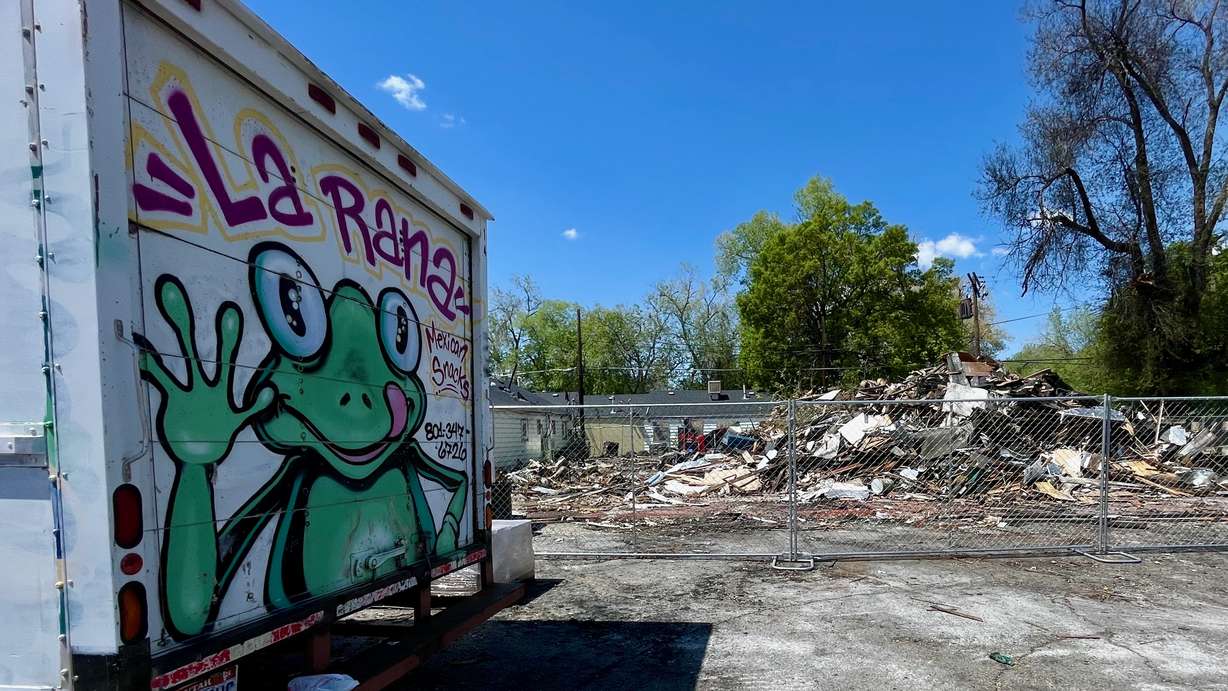
While the company awaited the planning commission's decision, the site suddenly received attention when La Rana Snacks, once home to the Golden Dragon restaurant, caught fire on April 29.
Nobody was injured, but the building was destroyed. Salt Lake firefighters were unable to determine what caused the fire, other than that they have ruled out criminal activity. Jesús Rojas, the business's owner, told KSL.com earlier this month that he would essentially have to start from scratch at a new location following the fire.
Sifting through project concerns
The proposed project aligns with Salt Lake City's Ballpark Station Area Plan, which was introduced in 2021 and later adopted, Alfandre told the commission on Wednesday. Jeff Sandstrom, a Ballpark Community Council board member, wrote to the commission to express his support for the measure, provided it was "in harmony" with the plan.
Commissioners didn't seem to have a problem with the proposal's connection with the plan, nor its building's height. Some did have concerns with the building's length along two streets, though.

An exception is required for buildings longer than 200 feet. A mix of materials, such as bricks and different fiber cement siding colors, would be used to help break up the design so that it doesn't feel like one large building side, Alfandre and Younger explained. City planners deemed it enough to grant an exception.
"We find that the project generally meets (planned development) standards by providing a dense urban environment that improves the urban design of the Ballpark neighborhood, which are the main goals of the master plan," Younger said.
However, Commissioner Amy Barry said she had concerns, noting that she has yet to see a "successful" workaround to the 200-foot rule in the seven years she's been on the board.
"I'm not necessarily convinced that it would not look like a very large building, especially given this corner is somewhat more compact," she said.
As Alfandre requested design feedback, Commissioner Landon Kraczek agreed that he believes it's an issue that the commission has "been struggling with" from various applications. He requested a meeting with city planning staff to know how to "thread this needle" on the topic in the future, but also motioned to approve the proposal.
Questions were also raised about an August 2023 application that indicated the project could bring housing ownership to the neighborhood. Portions of city documents still referenced this, leading to confusion among residents in the neighborhood.
Bringing affordable ownership — or any ownership — would be a plus, as a vast majority of residents are renters because of a lack of options, said Amy Hawkins, chairwoman of the Ballpark Community Council.
"We just really want to see our neighborhood as a place where people could gain a foothold, gain equity. There aren't many missing middle opportunities — or even condo opportunities in Salt Lake City," she said.
That was a "mistake," although the company has offered ownership opportunities with other projects, Alfandre explained. Commissioners shrugged off any concerns there, noting that more recent documents were clear that it would provide rented units, before the narrow 3-2 vote.
No construction timetable was provided.

